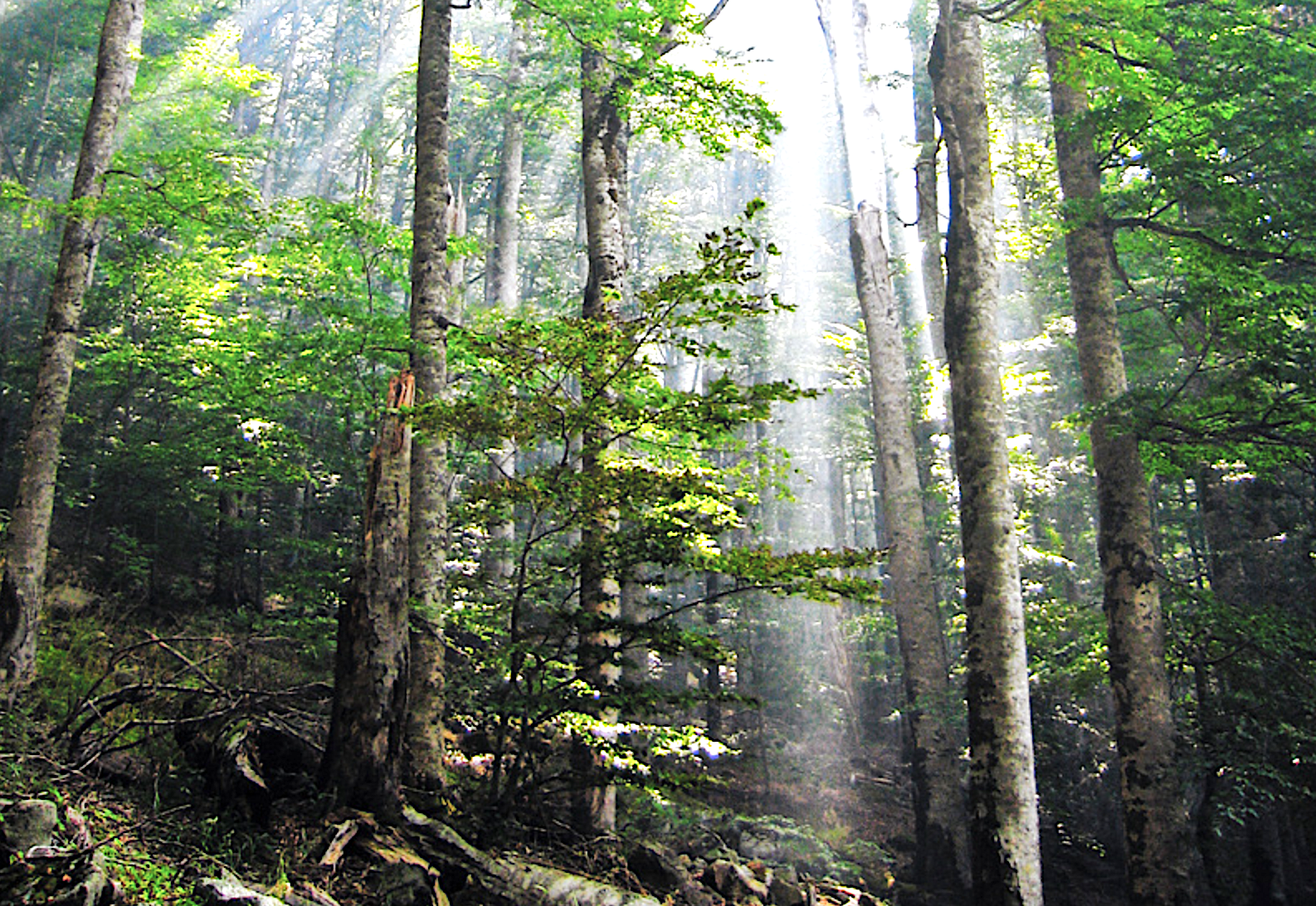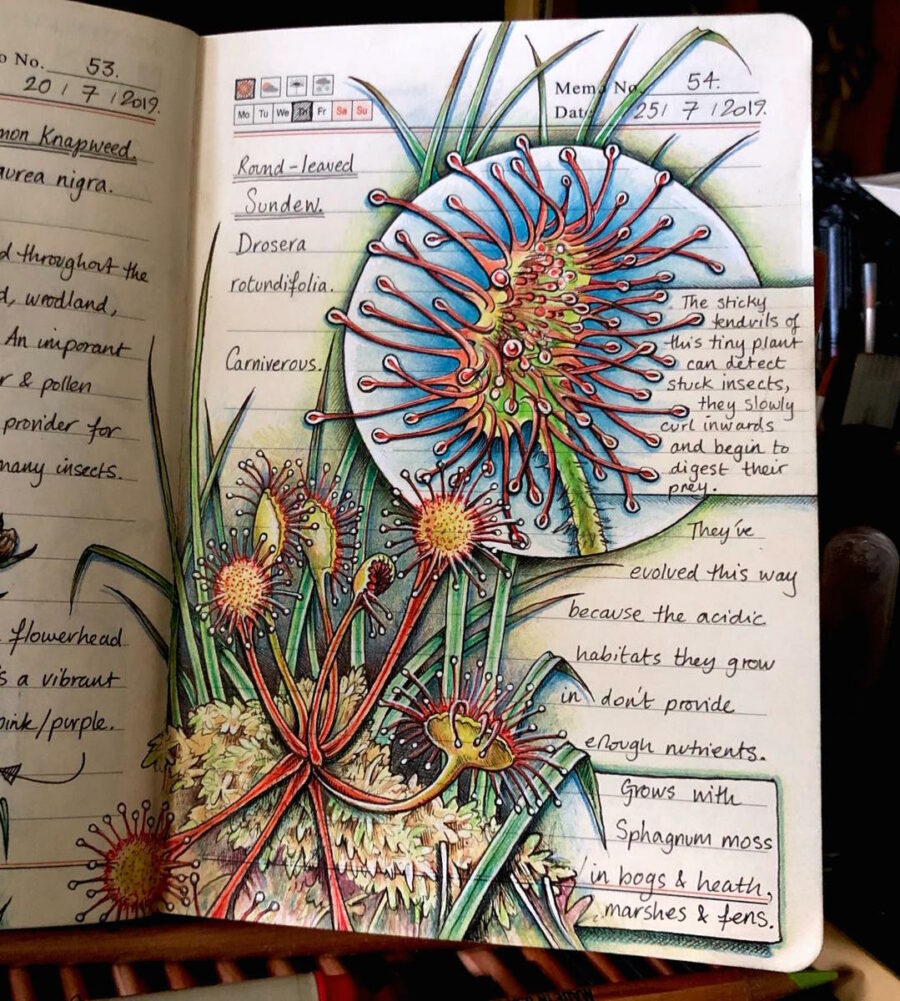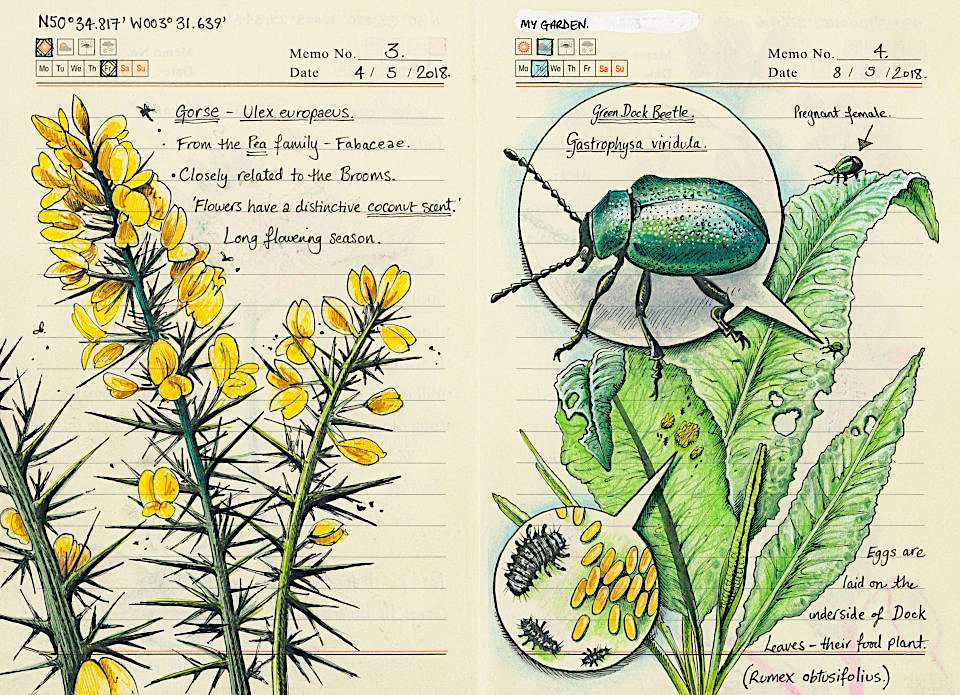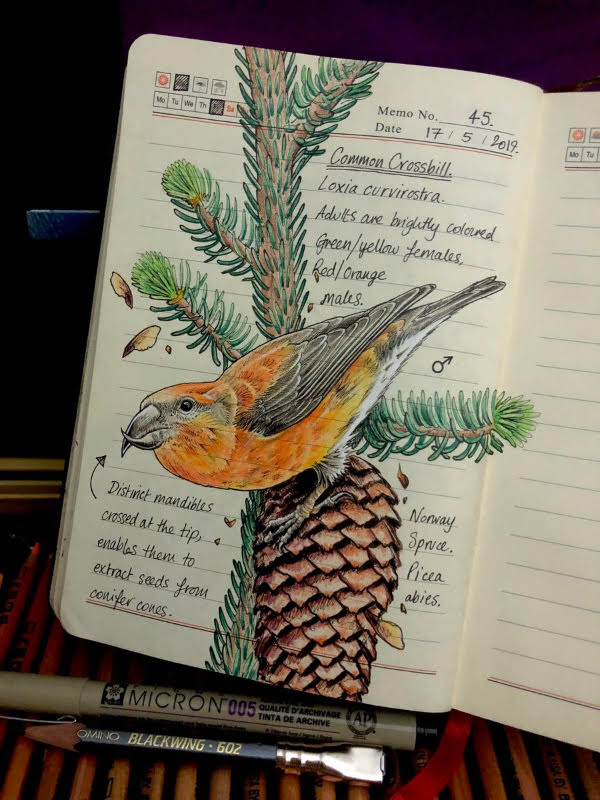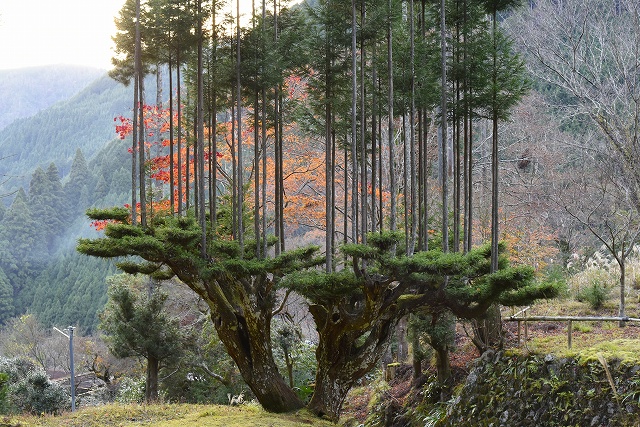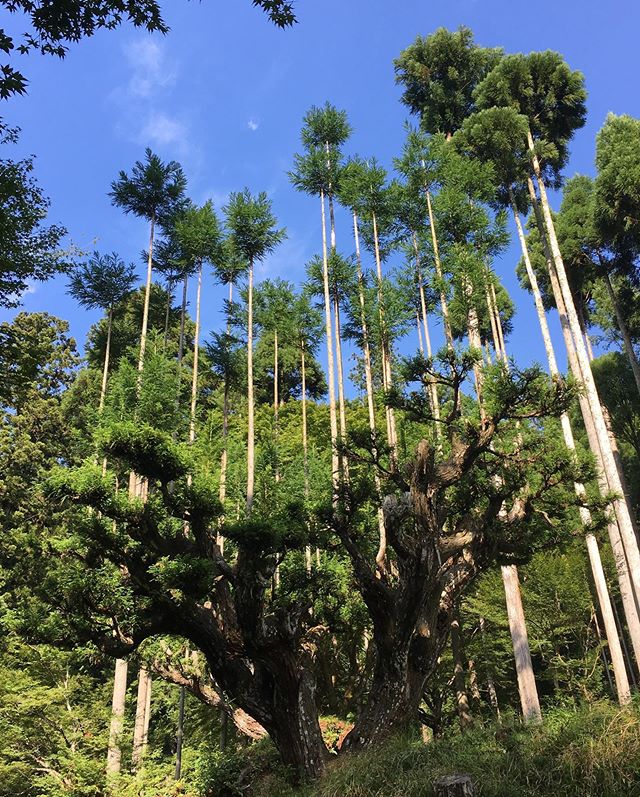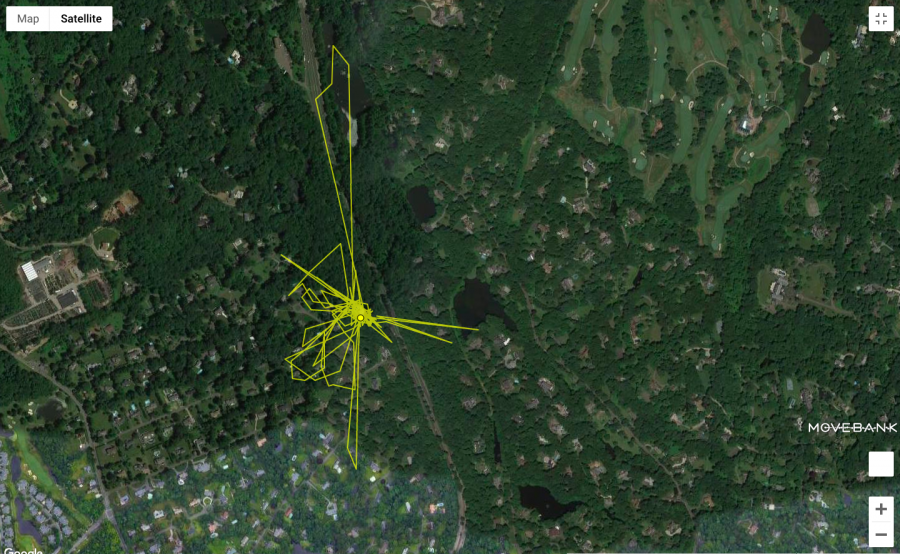The mind reels to think of all the early humans who sacrificed themselves, unwittingly, in the prehistoric quest to learn which plants were safe to eat, which were suitable for healing, and which would maim or kill whoever who touched them. Even now, of course, the great majority of us rely on experts to make these distinctions for us. Unless we’re steeped in field training and/or folk knowledge, it’s safe to say most of us wouldn’t have a clue how to avoid poisoning ourselves in the wild.
This need not overly concern us on a visit to The Poison Garden, however. Nestled in manicured lanes at Alnwick Garden, “one of north England’s most beautiful attractions,” Natasha Geiling writes at Smithsonian, the Poison Garden includes such infamous killers as hemlock, Atropa belladonna (a.k.a. Deadly Nightshade), and Strychnos nux-vomica, the source of strychnine, in its collections. Just don’t touch the plants and you should be fine. Oh, and also, guides tell visitors, “don’t even smell them.” It should go without saying that tasting is out.
The Poison Garden is hardly the main attraction at Alnwick, in Northumberland. The castle itself was used as the setting for Hogwarts in the first two Harry Potter films. The 14 acres of controversial modern landscape gardens–designed by the flamboyant Jane Percy, Duchess of Northumberland–have become famous in their own right, in part for violating “England’s architectural patrimony,” a scandal you can read about here. (One garden designer and critic called it a “popular entertainment, the dream of a girl who looks like Posh and lives at Hogwarts.”)
The duchess responds to criticism of her extravagant designs with a shrug. “A lot of my ideas come from Las Vegas and Euro Disney,” she admits. The Poison Garden has a much more venerable source, the Orto Botanico in Padua, the oldest extant academic botanical garden, founded in 1545, with its own poison garden that dates to the time of the Medicis. After a visit, Percy “became enthralled with the idea of creating a garden of plants that could kill instead of heal,” writes Geiling. She thought of it, specifically, as “a way to interest children.” As the duchess says:
Children don’t care that aspirin comes from the bark of a tree. What’s really interesting is to know how a plant kills you, and how the patient dies, and what you feel like before you die.
What child doesn’t wonder about such things? And if we teach kids how to avoid poisonous plants, they can keep the rest of us alive should we have to retreat into the woods and become foragers again. The Poison Garden also grows plants from which common recreational drugs derive, like cannabis and cocaine, “as a jumping-off point for drug education,” Geiling points out.
Provided visitors follow the rules, the garden is safe, “although some people still occasionally faint from inhaling toxic fumes,” Alnwick Garden’s website warns. And while it’s designed to attract and educate kids, there’s a little something for everyone. Percy’s favorite poisonous plant, for example, Brugmansia, or angel’s trumpet, acts as a powerful aphrodisiac before it kills. She explains with glee that “Victorian ladies would often keep a flower from the plant on their card tables and add small amounts of its pollen to their tea to incite an LSD-like trip.” You can learn many other fascinating facts about plants that kill, and do other things, at Alnwick’s Poison Garden when the world opens up again.
Related Content:
Josh Jones is a writer and musician based in Durham, NC. Follow him at @jdmagness
